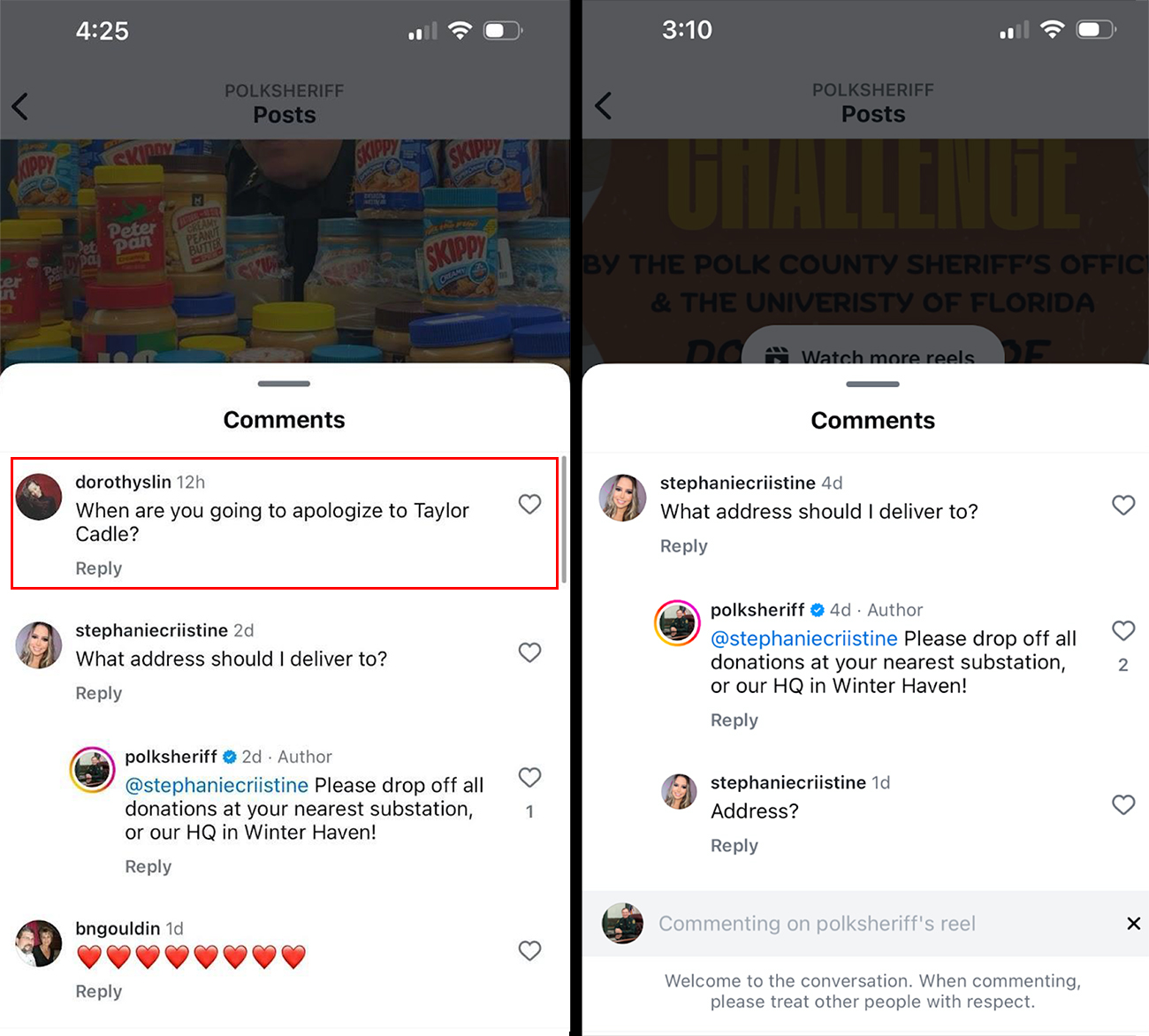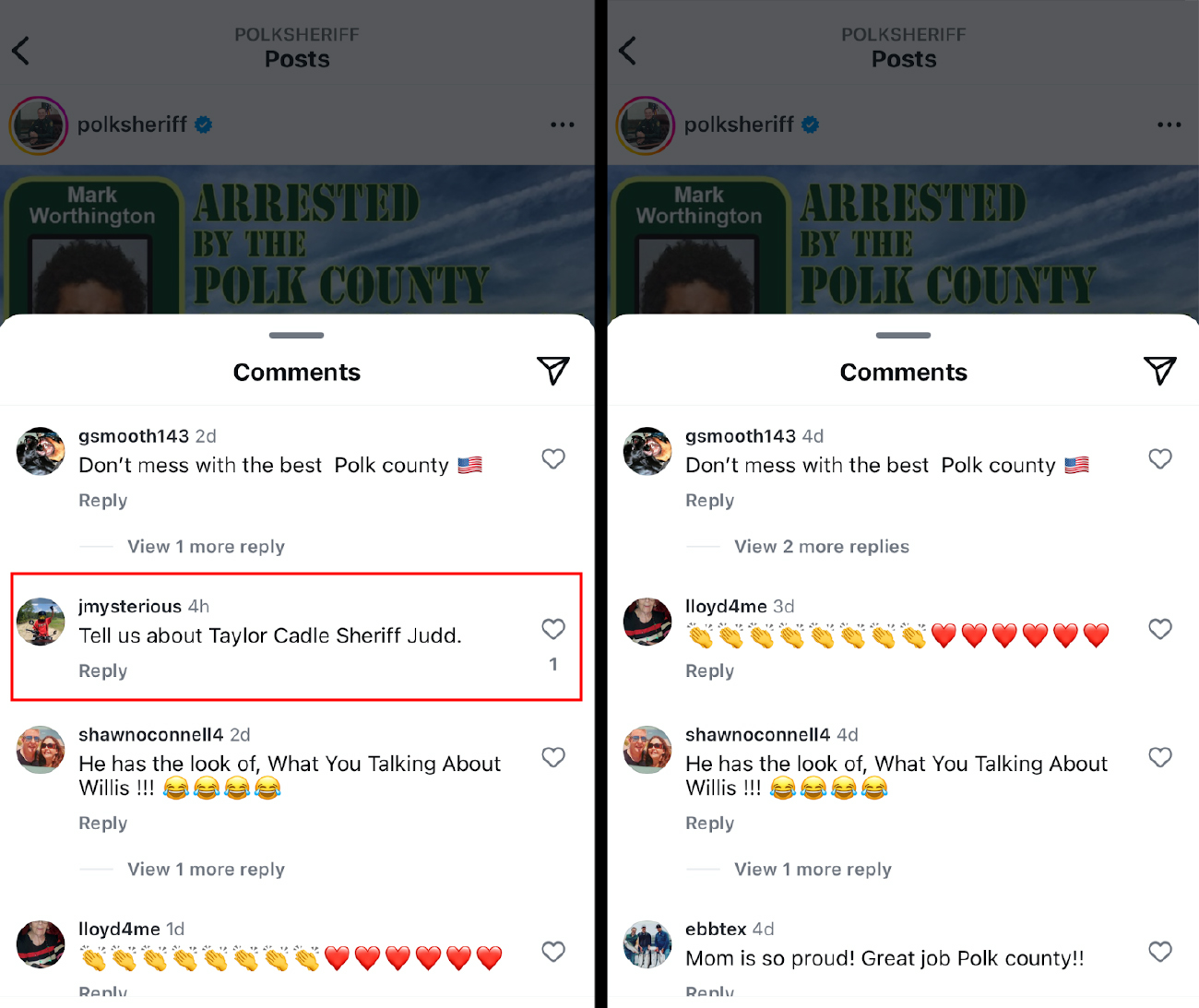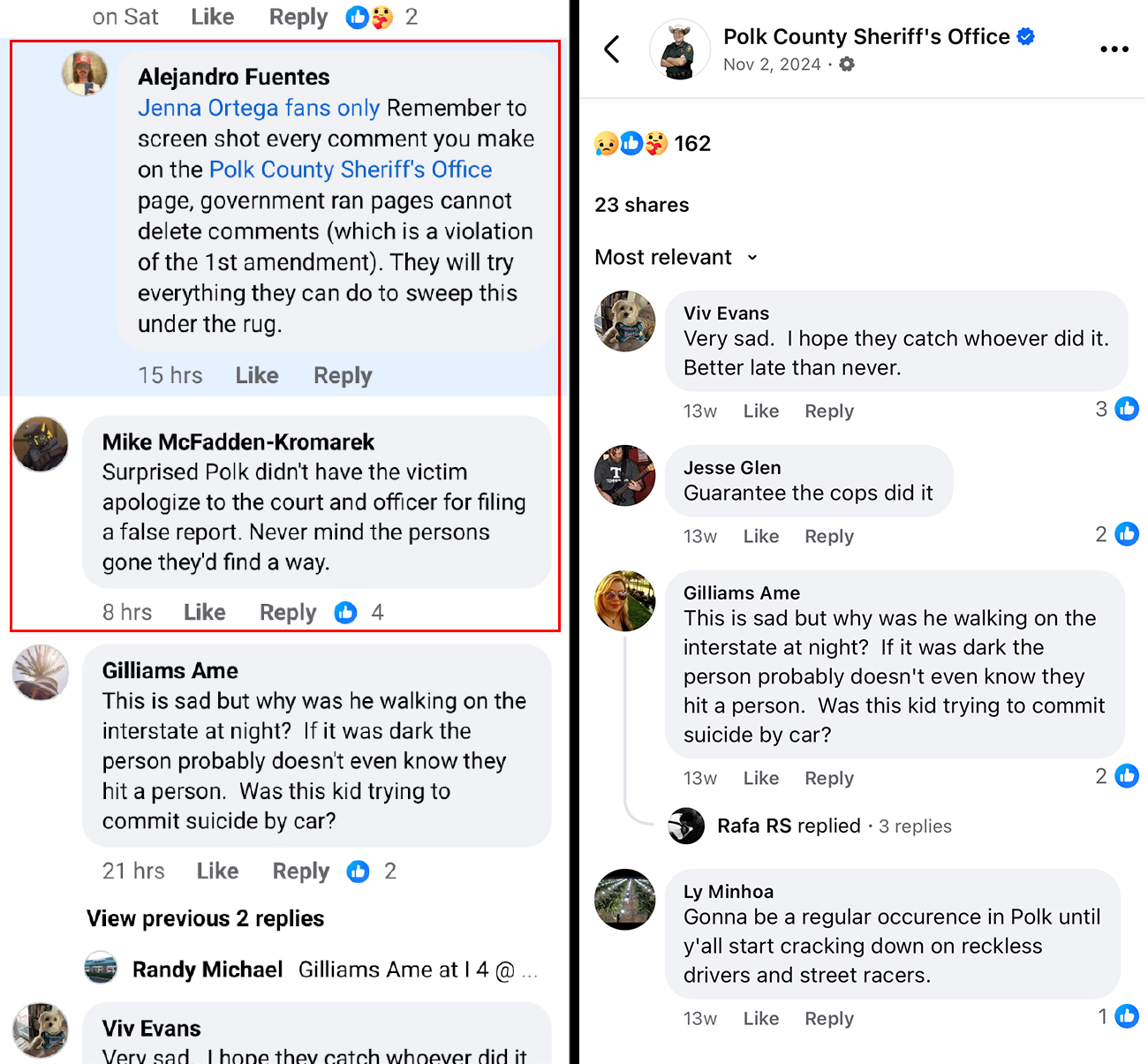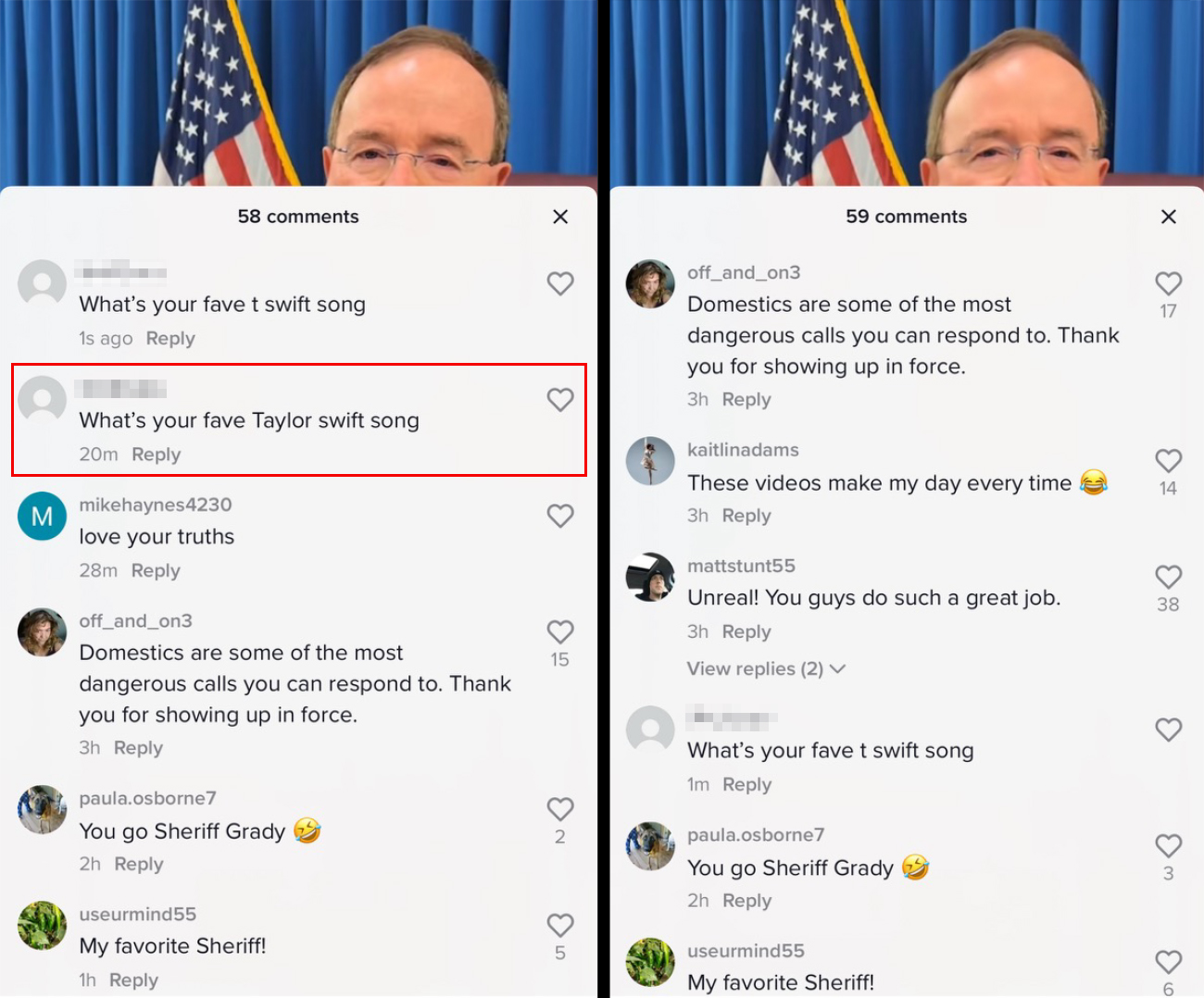The Forgotten—and Incredibly Important—History of the Abortion Pill
At his Senate confirmation hearings to head the Trump administration’s Department of Health and Human Services, Robert F. Kennedy Jr. surprised no one by admitting that he planned to order a new review of the safety of abortion pills. While Kennedy claimed that President Donald Trump has not taken a position—yet—on medication abortion, “he’s made it clear to me that he wants me to look at the safety issues,” Kennedy said. “And I’ll ask [agencies] to do that.” This, of course, is exactly what anti-abortion groups have been pushing for. Since 2022, when the US Supreme Court overturned the constitutional right to abortion in the Dobbs decision, abortion opponents have been ramping up unfounded claims that mifepristone and misoprostol are dangerous. Their efforts have included a flurry of letters to the new administration, explicit directives in the far-right’s Project 2025 blueprint for the second Trump term, and a barrage of ever-more-extreme lawsuits and state bills.
Never mind that medication abortion has an exemplary safety record stretching back decades. “It really is safer than Tylenol,” says Carrie N. Baker, a Smith College professor and Ms. contributing editor who has been writing about the abortion pill for years. The unexpected problem for conservatives is that, despite the overturn of Roe v. Wade, medication abortions have contributed to a rise in pregnancy terminations since 2022 and now account for nearly two-thirds of all abortions in the US. A fact which, Baker says, explains “why they’re now laser-focused on removing mifepristone and misoprostol from the market.”
Only in late 2022, did many Americans notice that there was a sweeping new strategy to gut access to abortion pills. That’s when a group of medical providers calling themselves the Alliance for Hippocratic Medicine sued the Food and Drug Administration in Texas over its regulation of mifepristone going back to 2000, when the drug was first approved for use in the US. “I read the brief,” says Baker, “and they completely misrepresented both the safety of abortion pills and the history of how they had originally been approved. It was really frustrating to me.” But when she went to do her own research in hopes of correcting the record, she discovered that the true history of abortion pills was largely unwritten. So she decided to write it herself.
That book, Abortion Pills: US History and Politics—also available on an open-source platform to make it more accessible—could not be more timely. Based on interviews with more than 80 people, including many of the key figures in scientific and political battles going back decades, the book takes readers back to the earliest days of mifepristone, when it was still known as RU 486. It also delves into the lesser-known controversies over misoprostol, which is used in tandem with mifepristone under the FDA-approved protocol.
The biggest surprise for Baker? “How unnecessarily long it took for the drug to gain FDA approval and how unnecessarily restrictive the FDA was.” RU 486, she notes, was invented by French researchers in the 1970s, patented in France in 1980, and approved by the French government in 1988. But it wasn’t approved in the United States for another 12 years. “In their lawsuit, the Alliance for Hippocratic Medicine frames the narrative as: the Clinton administration rushed through approval of mifepristone very quickly,” Baker says. “In fact, it took much longer to approve mifepristone than it did to approve most drugs at the time.”
I spoke with Baker recently from her office on the Smith campus, where she heads the Program on the Study of Women, Gender and Sexuality. Our interview has been edited for length and clarity.
Mifepristone was controversial from its inception, but not because it was unsafe.
By the time the drug started going up for review by the French government in the 1980s, its effectiveness and safety were pretty well established. But the Catholic Church and Catholic groups very quickly opposed it on moral grounds, and when word got to the United States, anti-abortion groups began to organize to prevent it from coming here.
“In France, opponents firebombed one movie theater and tear-gassed another. They harassed company executives and their families. They called the Jewish scientist who developed RU 486 a Nazi and accused him of turning wombs into crematoriums.”
From the very beginning, the resistance to RU 486 was characterized by terroristic threats and violence. In France, opponents firebombed one movie theater and tear-gassed another. They harassed Roussel Uclaf executives and their families. They called the Jewish scientist who developed RU 486 a Nazi and accused him of turning wombs into crematoriums—things like that.
In the US, this was when extremists began threatening abortion doctors and people who worked at abortion clinics. Operation Rescue was blocking clinic entrances and terrorizing staff and patients. So the whole environment around abortion was one of fear.
The FDA used highly unusual security protocols throughout the whole review process because they were worried about bombs, threats, and terroristic acts. They didn’t reveal the names of the people involved in approving the drug, which normally they would have. All of that set the tone and contributed to why the FDA was so deliberate and conservative about how they dealt with this medication.
And now, decades later, anti-abortion groups are using the FDA’s caution to argue that this drug is unsafe.
Ironically, back in the 1980s, some of the loudest concerns about the safety of RU 486 came from feminists.
When mifepristone first arrived on the scene, it was not a given that the feminist movement was going to support this new medication. There was a widespread feeling in feminist circles that the medical systemwas paternalistic. It had a history of betraying women—for example, with the birth control pill. When the Pill was first put on the market, the dosage of hormones was really high—10 times higher than what we have today—which was causing strokes and other medical problems. The researchers had tested it in Puerto Rico but were so eager to get this medication approved they didn’t take the women’s feedback seriously.
There were problems with other drugs and devices, too, like the Dalkon Shield [an early IUD that could cause severe injuries, infertility**,** and even death]. And so when mifepristone came around, lots of women were very mistrustful.
“There was a widespread feeling in feminist circles that the medical systemwas paternalistic. It had a history of betraying women.”
What changed feminists’ minds?
Women’s health advocates in Washington, DC, convened what became known as the Reproductive Health Technologies Project, as a way to learn about this new drug: Is this something we want to get behind? Do we believe it will be good for women? Is it safe? One of the skeptics was Carol Downer, who recently died. She was a very influential figure in the natural feminist movement and had taught women how to use manual vacuum aspiration to do at-home abortions. She called the process “menstrual extraction” and saw it as a way for women to take control of their health. In the late ’80s, Downer traveled to France to do research on behalf of the skeptics. She talked to women who had used mifepristone, she talked to medical professionals, and came away convinced that actually, RU 486 was a safe and good technology—a “momentous discovery,” she told me.
The Reproductive Health Technologies Project was also very intentional about consulting women of color, who had been treated especially poorly by birth control researchers. That helped get the women’s movement on board as well.
Meanwhile, the French company behind the drug was having second and third thoughts, though not for safety reasons. They feared the political and economic ramifications of being associated with abortion.
Roussel Uclaf was majority-owned by a German company, Hoechst AG, whose CEO was Catholic. In the wake of the protests and violence, just a month after RU 486’s approval by the French government in 1988, Roussel’s board of directors actually voted to withdraw it from the French market. Then it quickly backtracked after the French health minister threatened to transfer the RU 486 patent to another company in order to serve the public good, calling the medication “the moral property of women.” But that same year, under pressure from Hoechst and fearing further backlash, Roussel did suspend all other plans to market the drug themselves in other countries, including the United States.
What was the US response among abortion supporters in the US?
The Feminist Majority Foundation—they were heroic. They collected over 700,000 petitions from people across the United States, then took them in huge boxes to Roussel Uclaf’s headquarters in Paris and said, We in the United States want this drug. Please bring it to market in the United States.
The patent ended up with a New York-based NGO, Population Council, which supports research on contraceptives. Population Council conducted clinical trials and sought a company to distribute the medication. A new privately funded company, Danco Laboratories, was formed for this purpose, but they still had to find a manufacturer. That took a while. At one point, a Hungarian drug manufacturer agreed to do it, then it withdrew because of anti-abortion pressure. They eventually found a Chinese pharmaceutical company, Shanghai Hua Lian Pharmaceutical Co. Ltd., to supply the medication
Mifepristone was finally approved in the US at the very end of the Clinton administration. But the terms were really strict—and two decades later, that has come back to haunt its supporters.
The FDA is, by its nature, a cautious, rigorous scientific organization. They move slowly, they move incrementally, and they’re careful. That’s especially true when they’re facing cuts in funding, which anti-abortion members of Congress were threatening to do if mifepristone was approved. The agency was under a lot of political pressure.
They approved it under a very restrictive protocol, and then later it was put in the Risk Evaluation and Mitigation Strategy, or REMS, program, which is supposed to apply to the most dangerous drugs. The FDA didn’t allow pharmacies to dispense the drug—only registered doctors could dispense it in person in clinics or hospitals. Patients had to have three different appointments. The medication could only be used in early pregnancy—through the first seven weeks.
This wasn’t because mifepristone was unsafe. By 2000, there was an enormous amount of research showing that it was safe, including widespread clinical trials. The FDA was worried if something went wrong, the drug would lose approval and go away forever. The restrictions were a way of closely monitoring the abortion pill, not because it was dangerous, but because they wanted to have a good, solid safety record so that they could then justify expanding access. The theory was that they would loosen that protocol after a couple of years of evidence showing how safe it was.
“The restrictions were a way of closely monitoring the abortion pill, not because it was dangerous, but because they wanted to have a good, solid safety record so that they could then justify expanding access. “
But then George W. Bush was elected president in November 2000. Republicans took over the FDA, and they weren’t going to loosen the abortion protocol at all. And so the abortion pill remained under these very strict rules for 16 years before the FDA began to loosen them.
This seems to happen over and over. People will try to act responsibly to get a policy passed: They go slowly and make compromises that don’t seem especially significant at the time. Then, years later, those well-meaning efforts are used against them.
We’ve seen this in the Alliance for Hippocratic Medicine lawsuit. They’re pointing to the REMS protocol and saying, See, the FDA put all these restrictions on mifepristone. That means they didn’t think it was safe.
Mifepristone is not the only drug used in medication abortions. The standard protocol also includes misoprostol. How it came to be used in abortions is a fascinating story.
When the FDA approved mifepristone in 2000, it actually approved a two-drug regimen. Mifepristone blocks the absorption of progesterone, so the lining of the uterus begins to shed. Then 24 hours later, you take misoprostol, which causes the uterus to contract and the pregnancy to be expelled. Misoprostol is an ulcer medication that has other important uses, too—for example, to induce labor and stop postpartum hemorrhaging. In most states, any doctor can prescribe it. Veterinarians, too—dogs take it for ulcers.
But, misoprostol can also be used alone for abortion. In the 1980s, Brazilian women looked at the misoprostol label and saw a warning: Do not use if you’re pregnant, may cause miscarriage. Abortion was illegal in Brazil. And misoprostol was widely available—you could just go to a pharmacy and get it. So women started using it. Public health authorities noticed that abortion-related deaths were dropping precipitously, and they wondered why. They discovered that women were using misoprostol, which is very effective and very safe. And so, of course, they pulled it off the shelves and the death rate went back up. But at this point, women knew.
In 1990, feminist advocates from across South America met in Argentina and shared this knowledge among themselves. And so an underground network developed that spread across the world. Now, post-Dobbs, this knowledge is flowing north into the United States.
As a side note, Searle—the drug company that developed misoprostol—was afraid that having their medication in the abortion medication protocol would subject them to protests and boycotts by the anti-abortion movement. So Searle was like, No, don’t, don’t associate us with abortion in any way. But by the time mifepristone was approved in the US, misoprostol had gone generic, which was less of a problem for Searle.
The Obama administration finally loosened the FDA rules in 2016 to allow medication abortion up to 10 weeks of pregnancy and a wider array of health care providers to dispense abortion pills. Then the first Trump administration, which was packed with anti-abortion appointees, didn’t target mifepristone the way pro-choicers might have expected—in fact, they actually OKed a generic version that made it much more affordable!
You know, the abortion pill really wasn’t a high priority for Donald Trump’s allies because they were having so much success in other ways. Capturing the Supreme Court and queuing up cases in the states that could be used to overturn Roe v. Wade—that was really their focus. The FDA’s approval of generic mifepristone in 2019 slipped under the radar.
When the Trump administration really cracked down on abortion pills was during the pandemic. As part of the Covid emergency, the president lifted the REMS for many restricted drugs—including fentanyl and OxyContin—so that they could be dispensed through the mail. But not mifepristone. Doctors and advocates sued, and in July 2020, a Maryland federal judge ruled that the Trump administration had imposed a substantial burden on abortion by not lifting that restriction and by forcing women to expose themselves to Covid to get this medication. And all of a sudden, that opened the door to telemedicine abortion, which was groundbreaking.
The door was only open for about six months before the Supreme Court reversed the lower court. But data that was collected during that period about the safety of telemedicine abortion ended up being submitted to the Biden administration’s FDA, which permanently removed the in-person dispensing requirement in December 2021. Telehealth abortions exploded. Today, 20 percent of all abortions in the US are done by telemedicine.
So you could argue that Covid, followed by Dobbs, revolutionized abortion care by facilitating telemedicine and then encouraging states to pass shield laws protecting telehealth providers.
Today there are more abortions in Mississippi than there were before Dobbs. There are more abortions overall in the US. According to the Guttmacher Institute, the lowest point was 850,000 in 2017, at the start of before the first Trump administration. Now we’re over a million a year, and it’s going up.
In eight states with shield laws, telehealth clinics are now serving more than 10,000 people a month living in states with abortion bans. That probably wouldn’t have happened without Covid and Dobbs.
And that’s why the Alliance for Hippocratic Medicine filed suit in 2022 challenging the FDA’s regulation of mifepristone. That’s why states like Louisiana are reclassifying mifepristone and misoprostol as dangerous controlled substances and trying to remove them from the market. It’s why anti-abortion groups are seeking to enforce a 19th-century anti-obscenity law, the Comstock Act, to prohibit the mailing of abortion pills—a de facto federal abortion ban.
Even the Alliance for Hippocratic Medicine lawsuit—which the Supreme Court rejected last term though several states have moved to revive it—has had unintended benefits for the abortion rights cause.
Obviously, it was a terrible lawsuit. But it did a lot of work to raise public awareness of abortion pills. Today many more people understand: Oh, you can just take a pill for an abortion. Oh, that pill is safer than Tylenol.
How does all this make you feel as Donald Trump and his allies once again take power?
Trump intends to do a lot of harmful stuff. But how can we use this terrible turn of events to motivate people? How can we create something surprising, something revolutionary, out of this moment? We have everybody’s attention. Let’s use it.
I mean, yes, we have to defend our rights, but let’s not only think defensively. That’s been our problem all these years. We’ve always just thought, Oh, we need to defend Roe_._ We haven’t been thinking, Wait a minute, Roe_’s not enough. How do we go further?_ And I feel like this is an opportunity to do that.




















